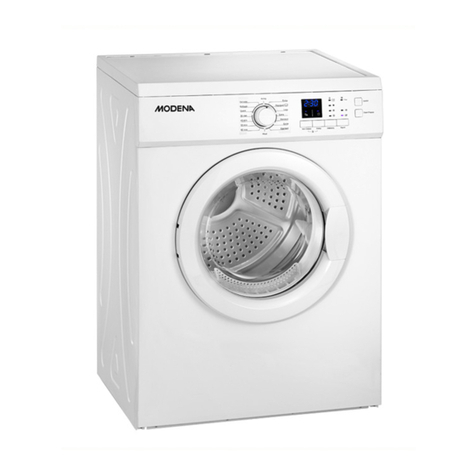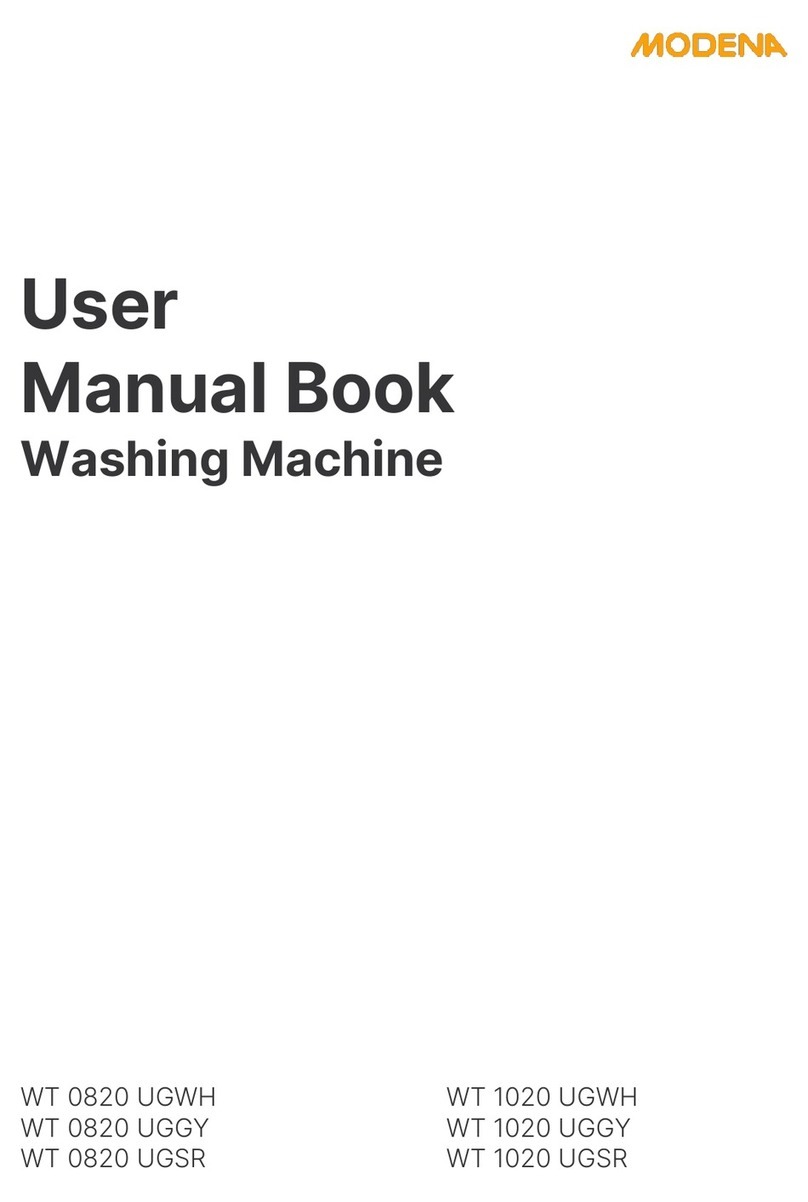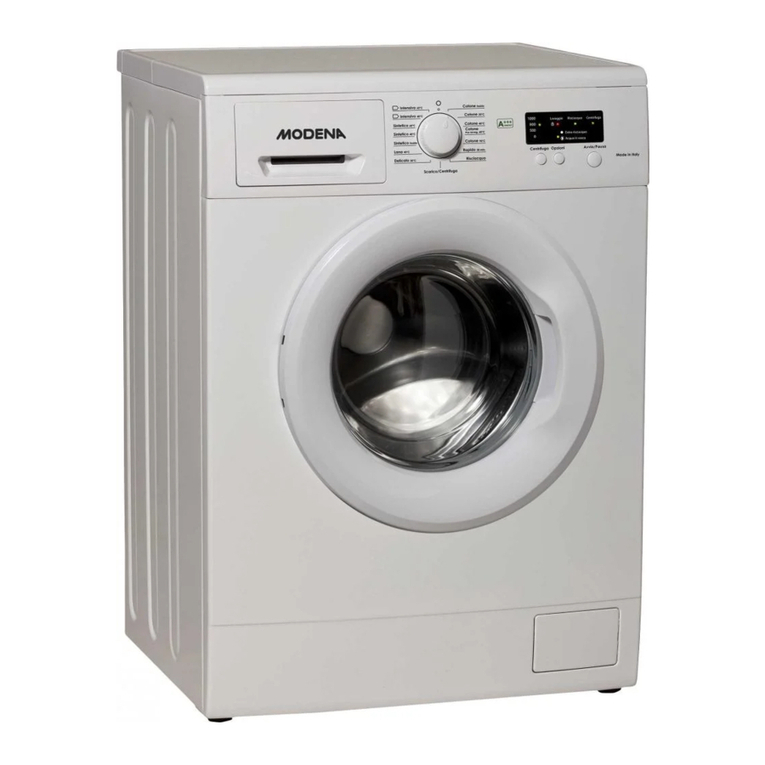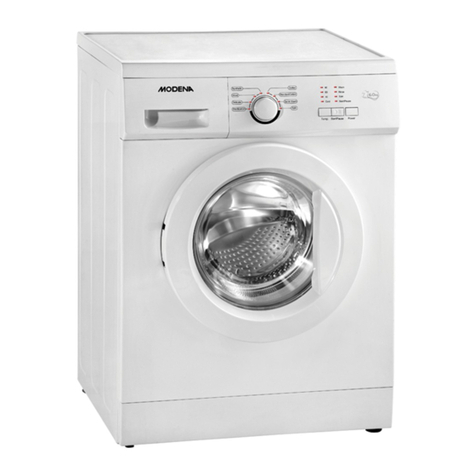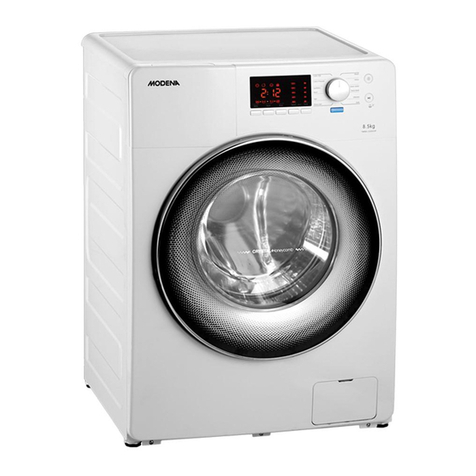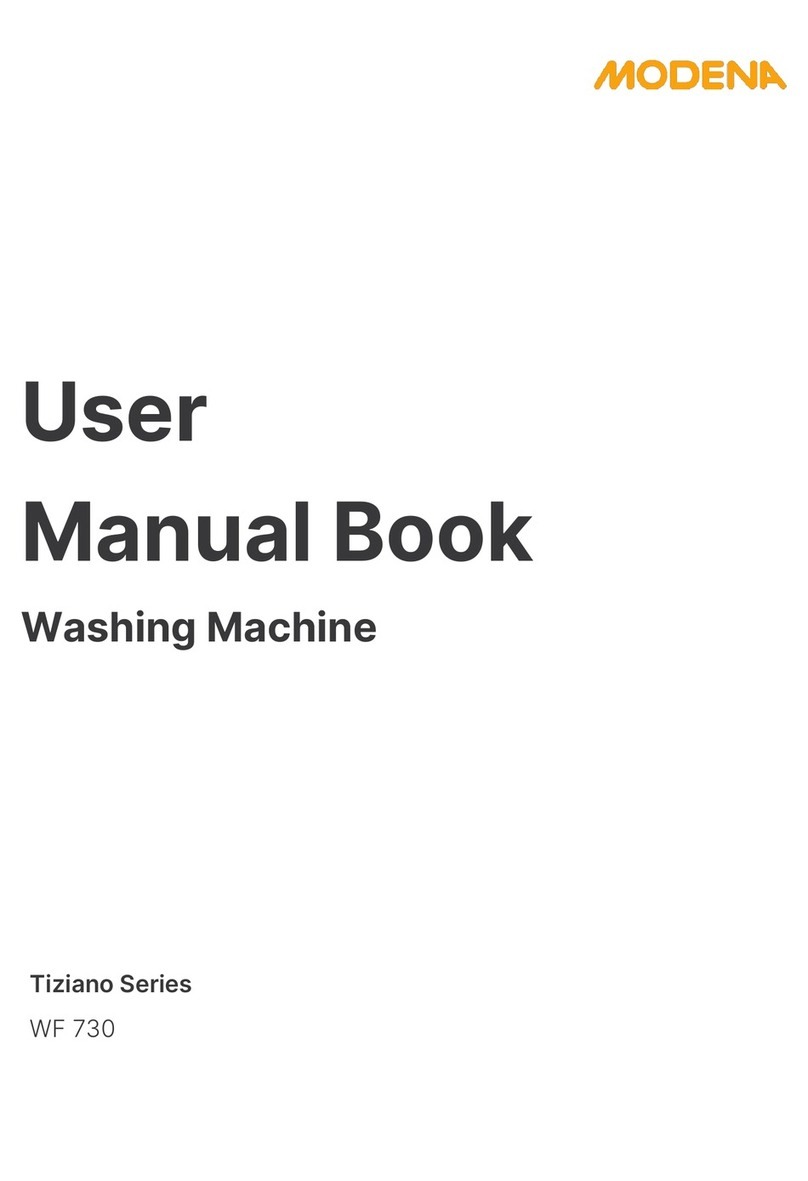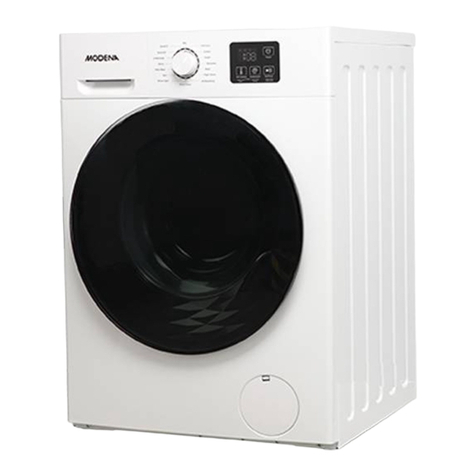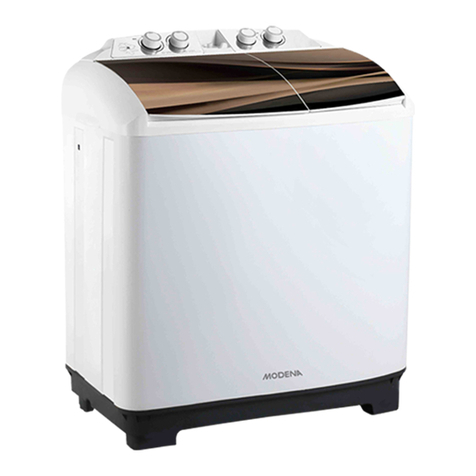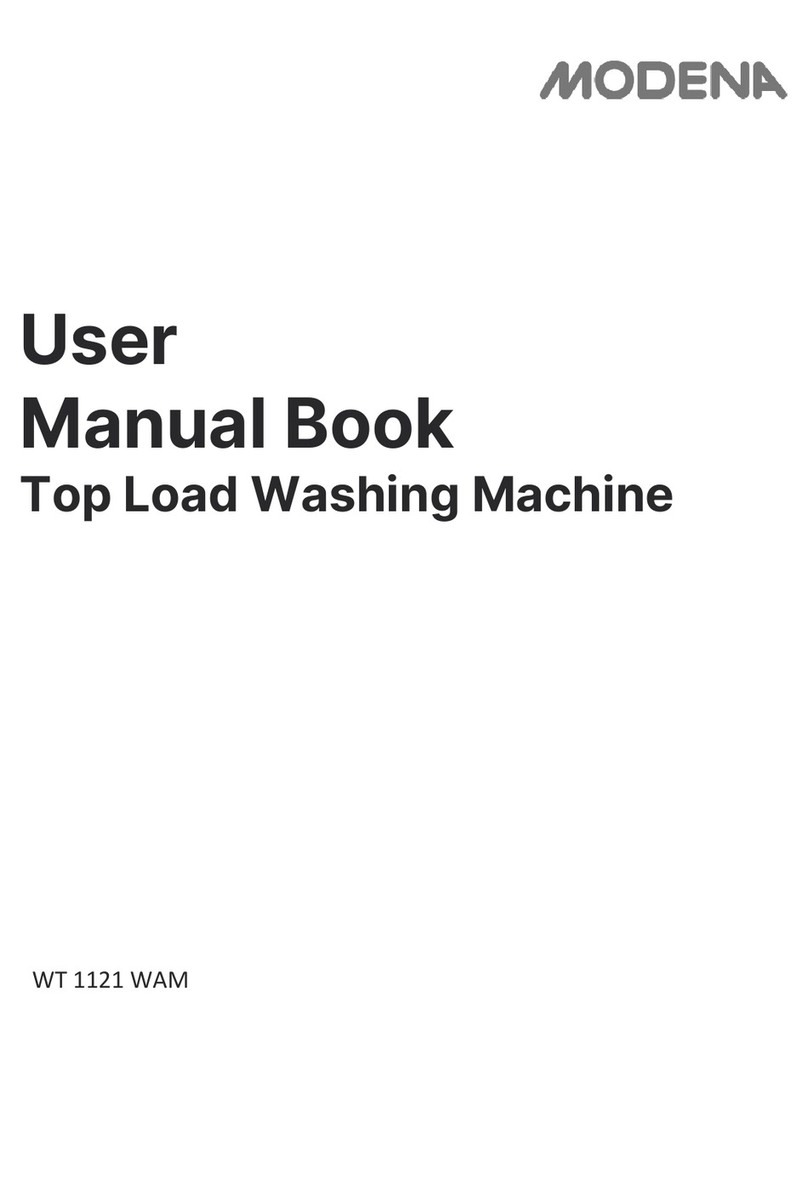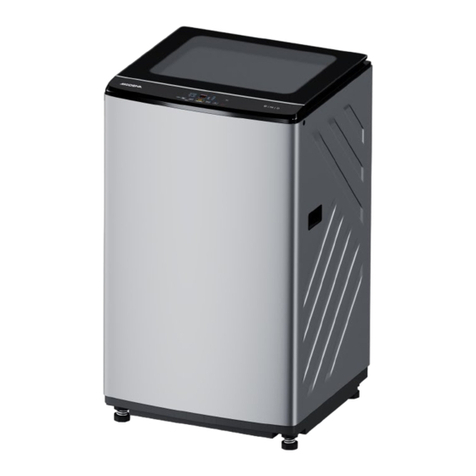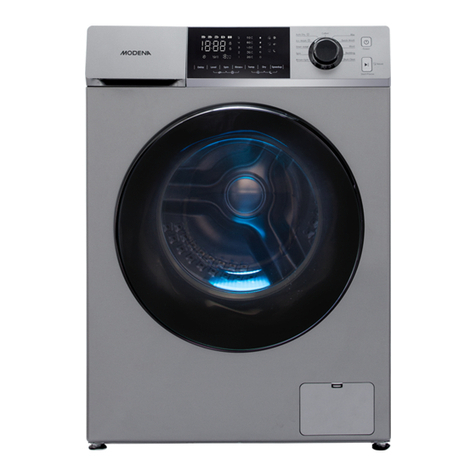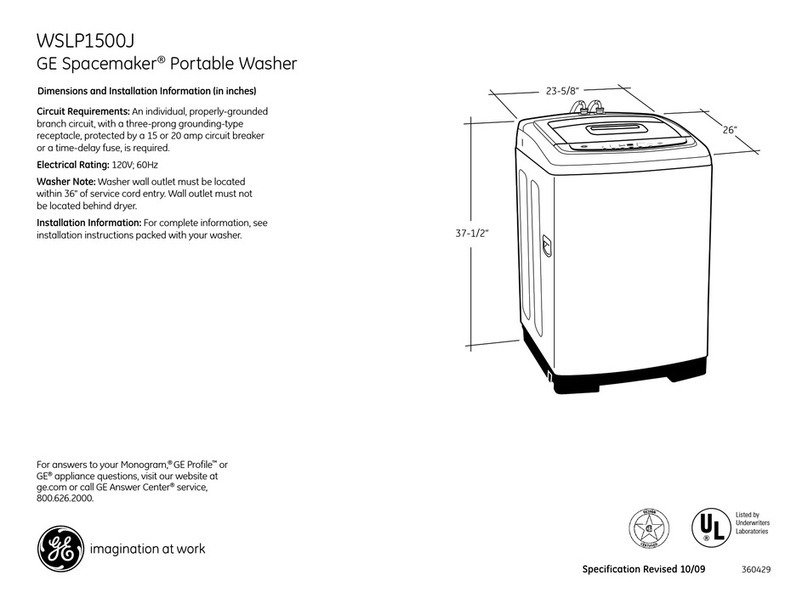4
READ THIS MANUAL CAREFULLY!
⚫This appliance is intended to be used in household and similar applications such as:
–staff kitchen areas in shops, offices and other working environments;
–farm houses;
–by clients in hotels, motels and other residential type environments;
–bed and breakfast type environments.
⚫This appliance is not intended for use by persons (including children) with reduced
physical, sensory or mental capabilities, or lack of experience and knowledge, unless
they have been given supervision or instruction concerning the use of the appliance by
a person responsible for their safety.
⚫This appliance is for indoor use only, for household use only.
⚫To prevent the risk of electrical shock, do not immerse the unit, cord or plug in water or
other liquid.
⚫Please unplug the power plug before cleaning and maintaining the appliance.
⚫Use a soft cloth moisten with mild soap, and then use a dry cloth to wipe it again.
GROUNDING INSTRUCTION
⚫This appliance must be grounded. When malfunction or breakdown occurs, grounding
will reduce the risk of an electric shock by conducting the electric current to the ground.
This appliance is equipped with a grounding-equipped conductor cord and a grounding
plug.
⚫The plug must be plugged into an appropriate outlet that is installed and grounded in
accordance with all local regulations and safety standards.
⚫Do not modify the plug provided with the appliance if it does not fit with the outlet. Have
a proper outlet installed by a qualified electrician.
⚫Improper connection of the grounding-equipment conductor can result in the risk of
electric shock. Check with a qualified electrician or service representative if you are in
doubt whether the appliance is properly grounded.
GENERAL USE
⚫Do not harm, sit on, or stand on the door or the dish rack of the dishwasher.
⚫Do not operate your dishwasher unless all panels are properly in place.
